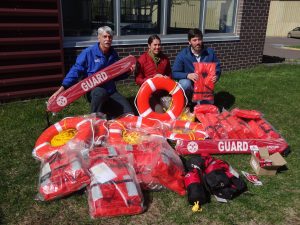
Be Current Smart: Are You Current Smart?
NOAA’s Coastal Storms Program is collaborating with Sea Grant and others to improve safety for Great Lakes beach-goers.
Scroll down to view posts

NOAA’s Coastal Storms Program is collaborating with Sea Grant and others to improve safety for Great Lakes beach-goers.
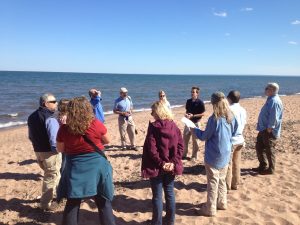
" I get to work with some of the most passionate, smart, and genuine people I have ever met, helping them to manage and protect some of the most beautiful and unique places in the country. "
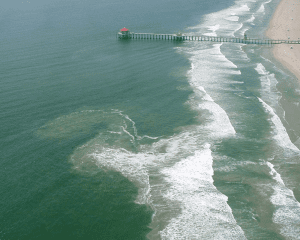
Federal, state, and local partners come together to discuss the forecasting and communication of rip currents and other coastal hazards on the eve of beach season.
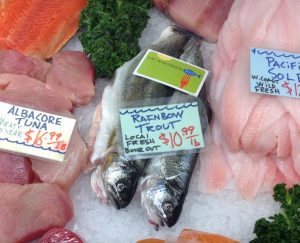
By incorporating social science into the equation, Great Lakes Sea Grant programs are helping to meet societal needs.
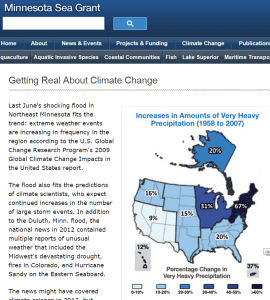
The purpose of this assessment tool is to provide community leaders, administrators, planners, engineers, public work directors, and natural resource managers with a simple method in the form of a checklist divided into nine different categories to review their community's particular vulnerabilities to climate trends and to identify priority areas to focus on through planning and projects. The goal of this tool is to help communities in the Great Lakes region identify and address vulnerabilities through education and planning to help reduce the impacts and costs of climate change-related damage through adaptation policies and procedures.
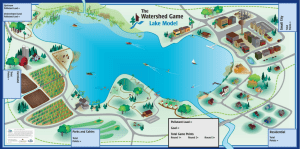
The Watershed Game is an interactive tool that helps community leaders understand the connections between land use, clean water and their community. Participants learn how a variety of land uses impact water and natural resources and learn how their choices can prevent adverse impacts.
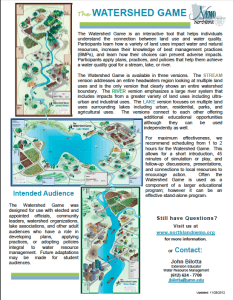
The Watershed Game is an interactive tool that was developed by Minnesota Sea Grant as part of the Northland Nonpoint Education for Municipal Officials (NEMO) program to help participants understand the connection between land use and water quality, as well as the degree to which implementing best management practices across land uses and sectors within a watershed is critical for reaching a water quality goal.
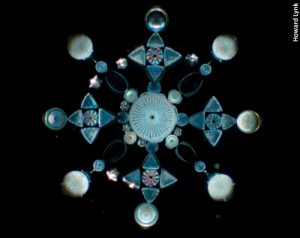
With funding from Sea Grant and other agencies, Euan Reavie, Senior Research Associate with the University of Minnesota Duluth’s Natural Resource Research Institute, and his colleagues have been examining sediment cores to reveal the extent to which they have captured the story of Great Lakes water quality over the past several centuries.
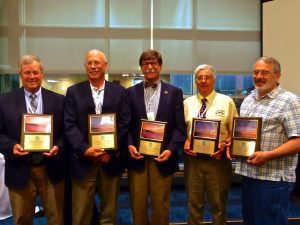
Sea Grant greats were honored with Sunset Career Awards at the Great Lakes Regional Sea Grant Meeting in Erie, PA June 16-18, 2014. They all plan to retire before the next Great Lakes Regional Meeting so they were asked to each share some words of wisdom.
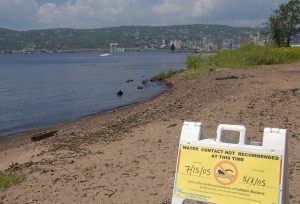
Backed by Minnesota Sea Grant’s commitment to research Dr. Michael Sadowsky and his colleagues have shown that Escherichia coli and enterococci, the bacteria responsible for "Water Contact Not Recommended" beach advisories, can often be traced back to waterfowl and other animals. Water sullied by waterfowl might be nasty, but it is not a serious human health concern.